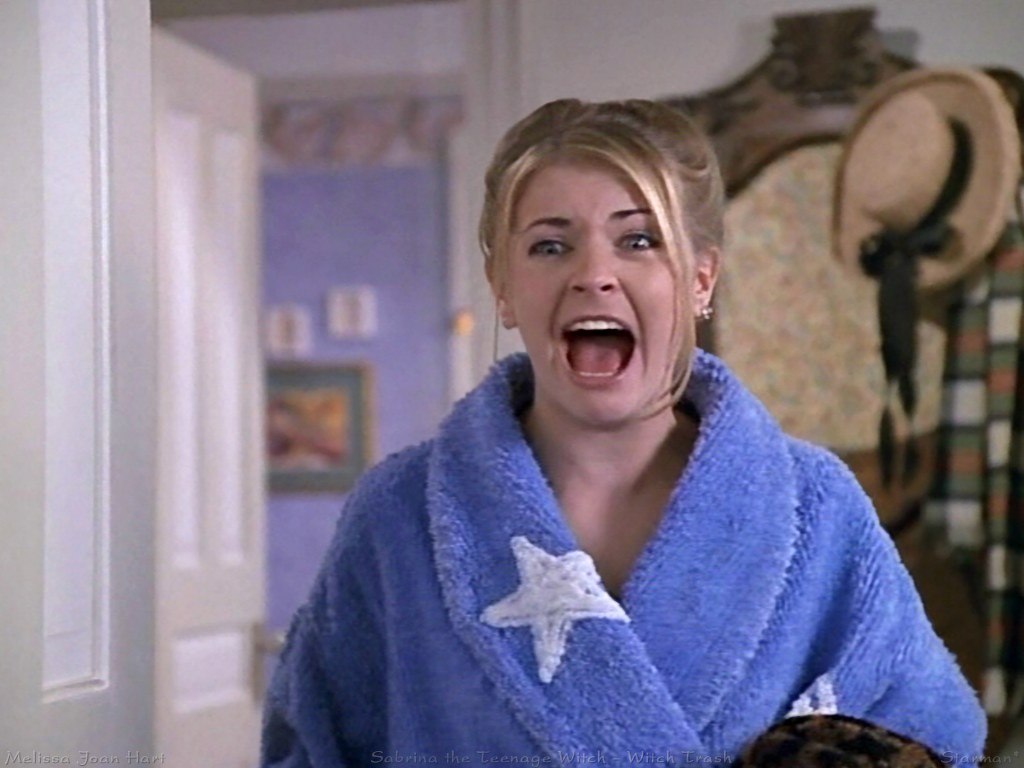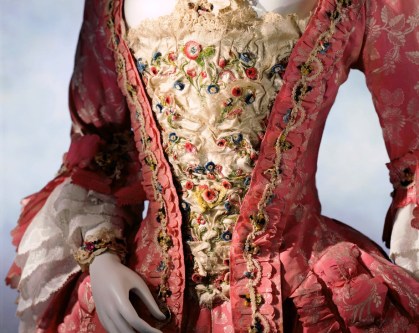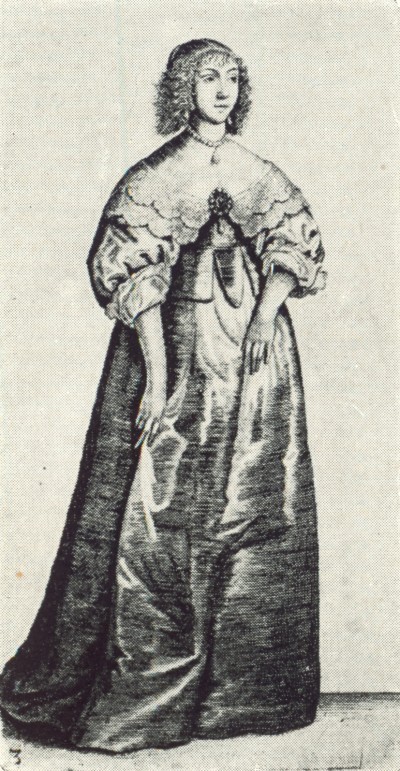I'm back, time travelers! Thank you for being so supportive and responding so well to my blog (giving me an A). Since my hiatus from blogging, I have been very busy traveling through time with my cat Salem.
 |
| Me with Salem in a void. I think we were on our way to defeat the evil Cromwell... |
Welcome to the 17th century. During this time, there was way too much war going on and it was like, super stressful. One big thing I found challenging while I was visiting Europe in the 17th century was... well, BEING A WITCH. Everyone was HUNTING for witches. Scary, huh? Too bad they probably never found any real ones...
Some general things to know:
Toward the beginning of the century, the Spanish influence in England returned... and killed most of the working class. And people were really poor and there was an awful man named OLIVER CROMWELL that basically destroyed everything. What a bummer this guy was, you guys. I can't even.
So let's get to the important stuff- FASHION. I must admit, not my favorite time for ladies' wear, but life goes on.

In the beginning of the century, the Jacobean period, silouhettes were pretty much like they were in Elizabeth's time, but they weren't held up by a bunch of scaffolding and hip pillows. Clothing featured softer lines and fallen silhouettes of heavy silk, damask, and brocade fabrics. Fabrics were also extensively embroidered. Instead of being supported by farthingales, skirts were kirtled to show the pretty petticoats underneath. Bodices varied from low neckline to high collar and were still pretty structured. Style was generally less formal and extravagant. Following the Elizabethan period, ruffs continued to be must-have accessories. Ruffs grew in size so much that they need wire supports called supportases! The things people do for fashion.
 |
| NO MORE RUFFS!!!! |


Women wore stomachers, which were pointed corset-like pieces that covered the chest to the waistline. Stomachers were decorated with embroidery, jewels, and the like.

 For the men of the mid-17th century, fashion extended and BILLOWED. Fabrics were simple but the adornments were extavagant. There were lots of things for men to wear, but most were variations on the same garment, breeches! For example, men wore venetians and trunkslops, which were a lot like pumpkin hose! Long trunkslops called gallagaskins were worn by men, as well as just plain ole slops which were like long breeches. Generally, ruffs and cuffs stayed around but fell daintily. All of these were cousins of the star of the time, Petticoat breeches. These little buggers were pleated in to the waist band and had VERY poofy legs. Underbreeches were worn, as well as decorative ruffles to adorn the leg openings. Thank goodness they got rid of those horrid piececod belly-- I'd have thrown up if I saw one more. Dudes sported a bolero-like doublet with their shirts which were, by the way, outrageously ruffly and sometimes decorated with ribbons, bows, and pretty buttons. Around this time, the vest was developing and long coats were worn. Bucket boots were heeled boots that climbed up the calf and sagged over. Along other shoe styles were pantoffles (slippers) and platform galoches. Men's outfits were finished with a cravat, and a nice boater hat. Men wore their hair long and curled and luscious, often dyeing it or powdering it.
For the men of the mid-17th century, fashion extended and BILLOWED. Fabrics were simple but the adornments were extavagant. There were lots of things for men to wear, but most were variations on the same garment, breeches! For example, men wore venetians and trunkslops, which were a lot like pumpkin hose! Long trunkslops called gallagaskins were worn by men, as well as just plain ole slops which were like long breeches. Generally, ruffs and cuffs stayed around but fell daintily. All of these were cousins of the star of the time, Petticoat breeches. These little buggers were pleated in to the waist band and had VERY poofy legs. Underbreeches were worn, as well as decorative ruffles to adorn the leg openings. Thank goodness they got rid of those horrid piececod belly-- I'd have thrown up if I saw one more. Dudes sported a bolero-like doublet with their shirts which were, by the way, outrageously ruffly and sometimes decorated with ribbons, bows, and pretty buttons. Around this time, the vest was developing and long coats were worn. Bucket boots were heeled boots that climbed up the calf and sagged over. Along other shoe styles were pantoffles (slippers) and platform galoches. Men's outfits were finished with a cravat, and a nice boater hat. Men wore their hair long and curled and luscious, often dyeing it or powdering it.
 Women in the Petticoat Breeches time continued to wear heavy dresses. The bodice returned to a lower spot on the waist and horizontal or square necklines were completed with a wide falling collar. The front of the full skirt was often open to show an underskirt and a petticoats were worn underneath. Women curled their hair and it was popular to wear it up with curls falling down the sides. Dresses were very much adorned with lace, ruffles, and bows.
Women in the Petticoat Breeches time continued to wear heavy dresses. The bodice returned to a lower spot on the waist and horizontal or square necklines were completed with a wide falling collar. The front of the full skirt was often open to show an underskirt and a petticoats were worn underneath. Women curled their hair and it was popular to wear it up with curls falling down the sides. Dresses were very much adorned with lace, ruffles, and bows.Shoes were a big deal for women in the mid-17th century. We didn't want to wear the same styles as men anymore! That's right ladies, speak out! Shoes were beautifully embroidered and made with silk, velvet, and satin. The heels on these babies could be pretty tall, too! So tall and uncomfortable that women would faint! Oh, the price of beauty!
 |
| The Hurluberlu. WHAT did you call me?! |
 The two most popular hairstyles for women in the 17th century were the Fontange and Hurluberlu. The Hurluberlu became trendy thanks to King Charles I’s wife Henrietta Marie. The hair was parted down the middle, flattened, and curled into tight ringlets around the crown on each side. The hair in the back was curled and left loose. King Louis XIV's mistress, the Duchesse de Fontange, accidentally created the style Fontange. Curls were piled on top of the head and topped with a lace tiered headdress. Makeup as very popular during the 17th century. Again, it was used to make the skin look paler. The makeup was made with chalk, eggs, and vinegar. Lips and cheeks were kissed red and pink with fruit juices.
The two most popular hairstyles for women in the 17th century were the Fontange and Hurluberlu. The Hurluberlu became trendy thanks to King Charles I’s wife Henrietta Marie. The hair was parted down the middle, flattened, and curled into tight ringlets around the crown on each side. The hair in the back was curled and left loose. King Louis XIV's mistress, the Duchesse de Fontange, accidentally created the style Fontange. Curls were piled on top of the head and topped with a lace tiered headdress. Makeup as very popular during the 17th century. Again, it was used to make the skin look paler. The makeup was made with chalk, eggs, and vinegar. Lips and cheeks were kissed red and pink with fruit juices. Late in the century, it was en vogue to look deliberately disheveled. This was know as dishabille/deshabille ("undress"). Women carefully presented a soft, sensual image. Necklines got lower and dresses lightly held low on the shoulders. HELLO CLEAVAGE! Mistresses dressed like this to suggest she was with a powerful man.
 |
| An example of the dishabille look, more conservative. |








No comments:
Post a Comment